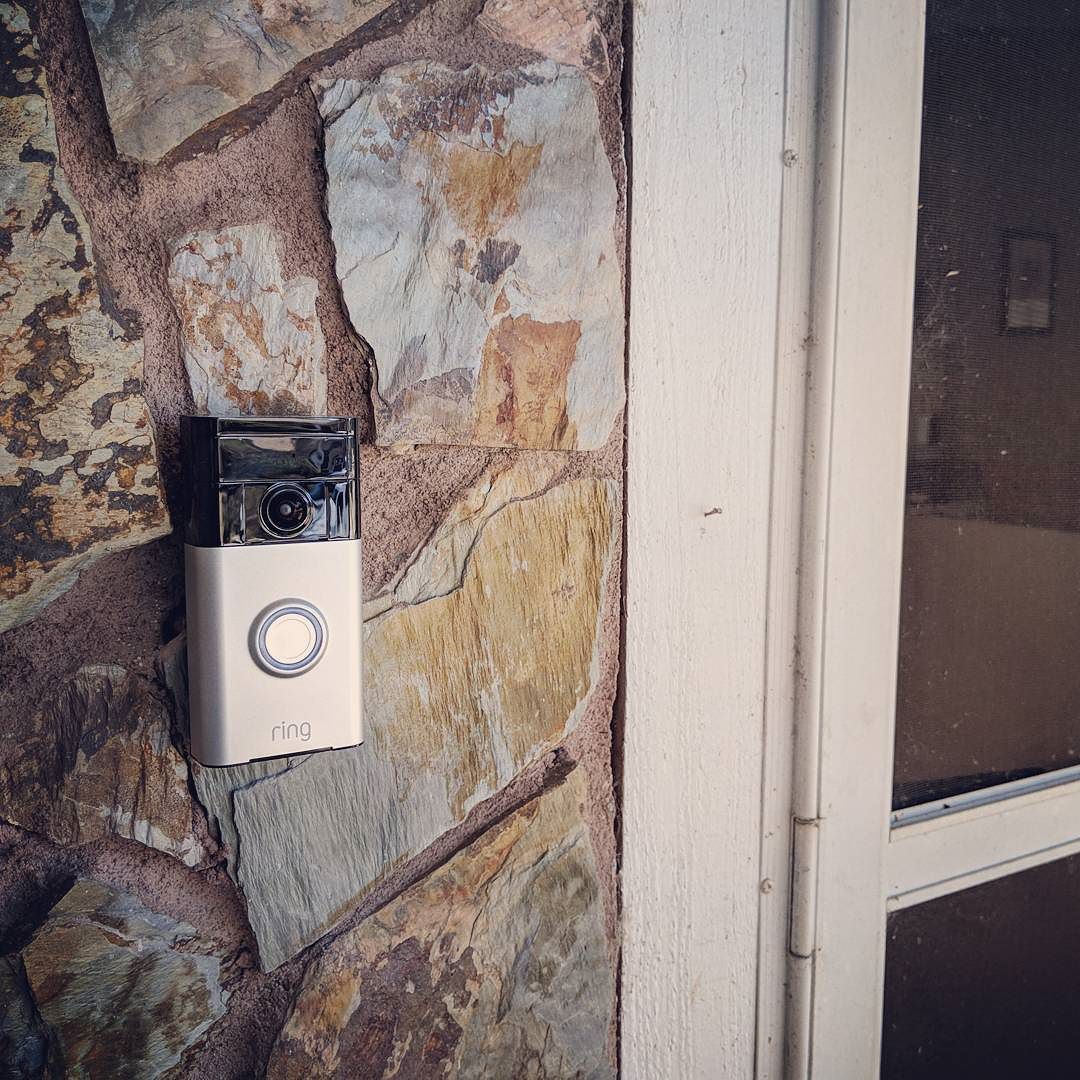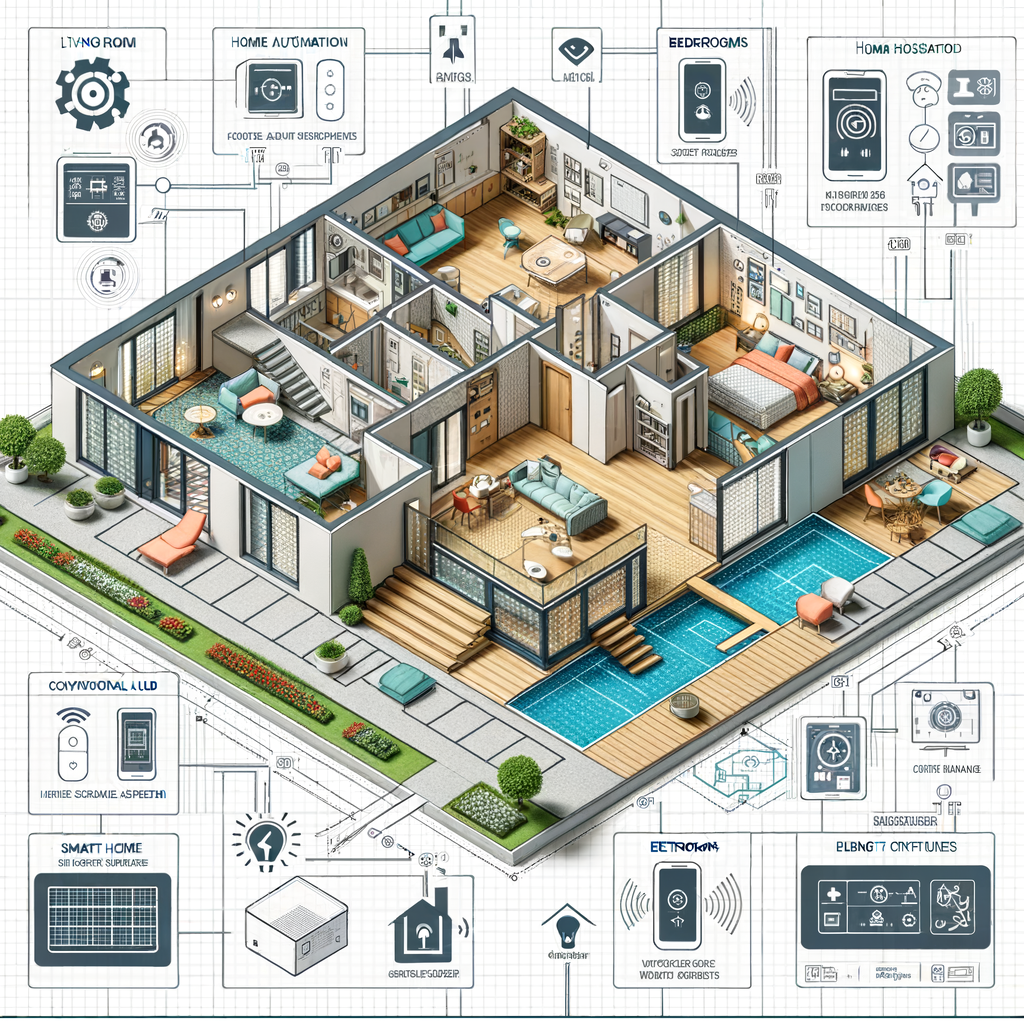
In the rapidly evolving world of technology, smart homes epitomize efficiency and convenience, promising to simplify our lives, automate chores, and offer unprecedented control over our living spaces. With the advent of voice-activated assistants, intelligent thermostats, smart locks, and connected appliances, our homes are becoming more responsive to our needs. However, this home automation revolution comes with a significant caveat: our privacy is at risk. As we integrate these smart devices into our most private spaces, we introduce new vulnerabilities. The very features that make smart homes appealing—constant connectivity, data collection, and automated decision-making—also pave the way for privacy breaches, unauthorized surveillance, and data exploitation.
This article explores the nuanced link that exists between privacy and smart home technology. We’ll look at the different kinds of smart home appliances, their features, and the ways they might violate our privacy. We will look at actual cases of privacy violations involving smart home devices through case studies. We will also talk about consumer education and awareness, examine the legal and regulatory environment that currently surrounds these technologies, and suggest best practices for privacy protection in smart homes. We must weigh the indisputable advantages of smart home technology against the urgent need to protect our privacy and keep control of our personal areas as we traverse this complex subject. The intention is not to impede the uptake of these cutting-edge technology,
Smart home technology refers to a network of devices, appliances, and systems that are interconnected and can be remotely controlled, monitored, and automated. At the heart of a smart home is the concept of the Internet of Things (IoT), where everyday objects are embedded with sensors, software, and network connectivity, allowing them to collect and exchange data. The global smart home market has been growing at an unprecedented rate. According to a report by Statista, the smart home market is expected to reach $182.4 billion by 2025, growing at a compound annual growth rate (CAGR) of 11.6% from 2020 to 2025 (Statista, 2021).
Key elements of smart home
Key components of smart home technology include a central hub or controller, which is often a smartphone app or a dedicated device that allows users to control and monitor various smart devices. Connectivity is crucial; devices employ protocols like Wi-Fi, Bluetooth, Zigbee, or Z-Wave to communicate with one another and with the central hub. Sensors are another essential element, collecting data about the environment, such as temperature, motion, or light levels. Actuators perform actions based on sensor data or user commands, such as adjusting thermostat settings or locking doors. Finally, cloud services play an integral role, where remote servers store and process data from smart home devices, enabling advanced features and remote access.
Smart home devices span a wide range of categories, each designed to enhance different aspects of home life. A few standout examples are smart speakers and voice assistants, like the Amazon Echo (Alexa) and Google Home, which allow voice control of other smart devices and answer queries. Smart thermostats, like the Nest Learning Thermostat and Ecobee SmartThermostat, provide automated temperature control by learning user preferences for energy savings. Smart lighting systems such as Philips Hue and LIFX allow for remote control, scheduling, and energy efficiency.
In addition, smart security systems, including Ring Alarm, SimpliSafe, and Arlo, offer motion detection and video surveillance, providing real-time alerts to homeowners. Smart locks, like the August Smart Lock and Yale Assure Lock, enhance security with keyless entry and remote locking/unlocking capabilities. Other notable devices include smart appliances, smart TVs, smoke detectors, plugs, switches, and doorbells, each serving a specific function while collecting and processing data to perform their tasks effectively.
Advantages of smart homes
The rapid adoption of smart home technology can be attributed to several key benefits. The allure of convenience is undeniable; smart homes automate routine tasks and allow for remote control over various home functions. Imagine adjusting your home’s temperature before arriving or checking if you left the oven on after exiting the house! Furthermore, smart devices contribute to energy efficiency; for instance, smart thermostats can learn occupants’ schedules to heat or cool the home more efficiently. A study by Nest found that their learning thermostat saved users an average of 10-12% on heating bills and 15% on cooling bills (Nest, 2015).

Enhanced security is another benefit, with smart security systems offering real-time monitoring and alerts, providing homeowners with peace of mind. According to a report by Markets and Markets, the global smart home security market is expected to grow from $21.6 billion in 2021 to $44.3 billion by 2026 (Markets and Markets, 2021). Customization and personalization further enrich the smart home experience, allowing users to tailor everything from lighting scenes to wake-up routines, making their homes truly their own.
Smart home technology also brings accessibility benefits, particularly for elderly or disabled individuals, significantly improving their independence and safety. Voice-controlled devices simplify daily tasks, making life easier for those who may face challenges in completing these tasks themselves. Cost savings, while the initial investment in smart home devices can be significant, can lead to long-term benefits. For example, smart water leak detectors can prevent costly water damage, and smart lighting can help reduce electricity bills. Additionally, smart homes can help reduce a household’s carbon footprint by optimizing energy and resource use.
Entertainment and comfort levels are raised through smart entertainment systems and environmental controls, lending to a seamless living experience. However, despite these compelling benefits, the integration of smart devices into our homes raises significant privacy concerns that cannot be ignored.
Smart homes bring concerns
As smart homes usher users into the future of home automation, they simultaneously introduce privacy risks that deserve serious consideration. First and foremost, smart devices continuously collect data about user behavior, preferences, and home environments. This data is often sensitive and can include information on sleep patterns, eating habits, energy usage, and even personal conversations. The large volume of data generated raises questions about storage, access, and usage. A study by Imperial College London highlights that a typical smart home can generate over 150 million discrete data points per day (Imperial College London, 2019), creating a detailed digital footprint of occupants’ lives.
The concerns extend beyond this; many smart home devices transmit data to cloud servers for processing and storage. This raises significant issues regarding data sharing and third-party access, as users often lack transparency about how their data is shared with unrelated parties. Research from Princeton University revealed that out of 81 examined IoT devices, 72 sent data to third parties unrelated to the device’s original manufacturer (Ren et al., 2019).
Another alarming issue is inadequate security measures that make many smart home devices vulnerable to hacking. Weak encryption and default passwords contribute to this vulnerability, potentially exposing personal and confidential data on the network. According to the 2020 Unit 42 IoT Threat Report, a staggering 98% of all IoT device traffic is unencrypted (Palo Alto Networks, 2020), underscoring the precarious state of user data.

The presence of always-on devices, equipped with microphones or cameras, leads to privacy concerns about constant surveillance. Users might not always be aware of when these devices are recording or listening, blurring the lines of privacy in their own homes. Additionally, unauthorized access and control can have severe implications; if compromised, smart home devices might allow malicious actors to manipulate home systems, posing safety risks.
Behavioral profiling is another outcome of the extensive data collection from smart devices, creating detailed user profiles that can be exploited for targeted advertising and manipulation. Moreover, legal and law enforcement issues arise around the accessibility of smart device data for legal proceedings, challenging the balance between public safety and personal privacy.
While smart homes offer numerous benefits in terms of convenience, efficiency, and enhanced living experiences, they also pose significant privacy risks that require careful consideration and navigation. Understanding these risks is essential for making informed decisions about adopting and using smart home technologies. As we delve deeper into this topic, we will explore real-world case studies of privacy breaches involving these devices, highlighting the critical need to secure our personal information in an increasingly connected world. We will also examine the current legal and regulatory landscape that aims to protect users’ privacy rights.
Privacy issues tied to smart homes
As we delve deeper into the maze of privacy issues associated with smart homes, it’s crucial to analyze case studies that illustrate the real-world implications of these concerns. The stories we uncover show how the technology we embrace for convenience can sometimes lead to unintended consequences that jeopardize our privacy. In one notable instance, the Amazon Echo, a popular smart speaker with voice recognition, was at the center of a legal controversy during a murder investigation in Arkansas. Law enforcement sought access to recordings from an Echo device, raising profound questions about the extent to which such data can be accessed by authorities. Amazon initially resisted the request, citing First Amendment protections. However, under mounting pressure and with the suspect’s consent, they ultimately handed over the data. This case highlighted the potential for smart devices to become unwitting participants in legal matters, challenging our understanding of privacy in a digital age.
Another gripping case involved a Nest security camera that was hacked in a California home. A hacker gained access to the camera positioned in a child’s room and, alarmingly, used it to communicate with the child, masquerading as Santa Claus. This shocking breach not only highlighted the vulnerabilities present in smart home security systems but also sparked discussions about the need for robust security measures. Weak passwords and poor security practices can lead to terrifying scenarios, emphasizing the importance of ensuring that smart devices are adequately protected against unauthorized access.
In another incident that shook the smart entertainment sector, VIZIO, a leading smart TV manufacturer, was fined $2.2 million by the Federal Trade Commission for collecting and sharing viewing data from millions of users without their consent. The company tracked viewers’ habits and sold this information to third parties. This case underscored the potential for privacy violations stemming from smart entertainment devices and the urgent need for manufacturers to adopt transparent data practices.

Ring, the company behind smart doorbell cameras, has also faced significant scrutiny regarding privacy. Following revelations that Ring had partnered with over 400 police departments, the public grew increasingly concerned about the implications of such collaborations. Users discovered that their camera footage could be accessed by law enforcement, raising ethical questions about consent and surveillance. Additionally, security vulnerabilities that allowed hackers to access camera feeds only added fuel to the fire.
Then there was the controversy surrounding Google’s Nest Secure home security system, which contained a microphone that was not disclosed in its specifications. Although Google asserted that the microphone was never activated, the incident raised serious concerns about transparency and undisclosed surveillance capabilities in smart home devices. Such revelations can lead to distrust among consumers, who may feel deceived by manufacturers about the extent of data collection and monitoring.
These case studies encapsulate the myriad privacy risks associated with smart home technology, illustrating a spectrum of issues from unauthorized data access to problematic partnerships with law enforcement and insufficient transparency regarding device capabilities. To navigate the complex landscape of smart home privacy, we must also consider the current legal and regulatory environment designed to protect consumers.
The rapid surge of smart home technology has outpaced the development of comprehensive legal frameworks to address these emerging privacy concerns. However, several regulations exist, aiming to safeguard user data and promote accountability among manufacturers. The General Data Protection Regulation (GDPR) is one such critical regulation, particularly impactful within the European Union but having far-reaching implications globally. It establishes stringent requirements for data protection and privacy, including the right to be forgotten, and mandates explicit consent for data collection. The potential penalties for non-compliance can be staggering, with fines reaching up to €20 million or 4% of a company’s global annual turnover.
The California Consumer Privacy Act (CCPA), effective since January 2020, is another significant step towards enhancing consumer privacy. This act empowers California residents by granting them greater control over their personal information and compelling businesses to disclose the types of data they collect and how it is used. Furthermore, consumers can opt-out of the sale of their personal data.
The IoT Cybersecurity Improvement Act, enacted in the United States in 2020, aims to establish baseline security standards for Internet of Things devices purchased by the federal government. While primarily targeting government acquisitions, this act may influence best practices across the industry, pushing manufacturers to adopt stronger security measures.

The Federal Trade Commission (FTC) also plays a crucial role in the oversight of smart home technology, acting against companies that engage in unfair or deceptive practices related to IoT devices. Their 2015 report on IoT privacy and security remains a guiding document for enforcement actions, and ongoing discussions about sector-specific regulations, such as HIPAA and COPPA, are relevant for devices that collect sensitive health and children’s data, respectively.
Amidst these legal frameworks, industry self-regulation has emerged through organizations like the ioXt Alliance, which has developed security certification programs for smart devices. These certifications aim to provide consumers with greater confidence in the security of the devices they use, suggesting that manufacturers are taking proactive steps to address privacy and security concerns
How to protect our privacy and security?
As we reflect on the complexities of smart home technology and privacy, it’s essential to recognize that awareness and education play pivotal roles in navigating this landscape. Consumers often remain uninformed about the extent of data collection performed by their devices, which can leave them vulnerable to exploitation. As privacy policies become increasingly convoluted, it is imperative for individuals to seek out clear, straightforward information about what data is collected, how it is used, and who has access to it.
Moreover, manufacturers must commit to transparency, ensuring that users understand the implications of their smart devices. This includes providing clear guidance on privacy settings, enabling users to make informed choices about their data sharing preferences, and reinforcing robust security measures to protect sensitive information.
To further promote privacy in smart homes, best practices should be adopted by consumers as well. This includes changing default passwords, enabling two-factor authentication, and regularly reviewing privacy settings and permissions for connected devices. A proactive approach to security can significantly mitigate risks and enhance the overall safety of smart home technology.
With technological advancements that can enhance our lives through automation and connectivity, smart homes undoubtedly have a promising future. However, as we embrace these developments, we must remain vigilant about potential privacy concerns. By establishing robust security protocols, advocating for manufacturer transparency, and fostering a culture of informed decision-making, we can truly enjoy the benefits of smart home technology while safeguarding our privacy and personal spaces. Our fundamental right to privacy does not have to be compromised in the pursuit of a comfortable and connected existence. As we enter this new era, let’s strive to achieve a harmonious balance where technology enhances our lives without compromising our security and privacy.
Related posts:
Smart Homes: The Privacy Risks of Connected Gadgets
Smart Home Privacy Concerns
Smart Home: Definition, How They Work, Pros and Cons





